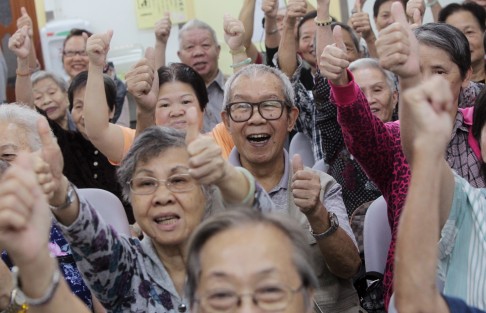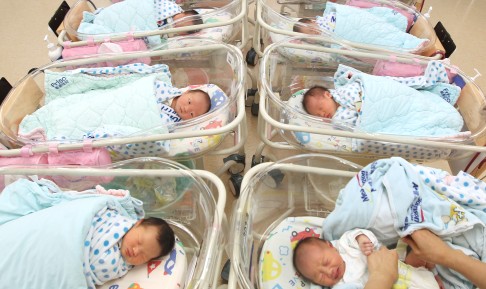
Can Hong Kong rise to the challenge of changes to its population dynamics?
Paul Yip says a sound policy is essential for a sustainable future, given alarming projections showing a decline in numbers due to low fertility rates, fewer migrants and a rising grey tide
According to its present trajectory, Hong Kong's population will rise from 7.24 million to 8.22 million by 2043 and then enter a phase of depopulation. That is mainly due to extremely low fertility and an expected reduction in the number of migrants into Hong Kong over the next 30 years. At the same time, the proportion of older adults (aged 65 or over) is set to increase from the present 14 per cent to more than 30 per cent by 2043, whereas the size of the working population will decrease starting from 2018.
We are facing serious challenges from rapid population change and we need to improve our population structure to support growth to survive.
The three major forces in determining population size are birth, death and migration. Despite the fact that more older women are having babies, the number of births is not expected to rise much due to people delaying marriage and the increase in spinsters. The anticipated total fertility rate is 1.2 new-born children per woman, well below the replacement level of 2.1. Meanwhile, we enjoy one of the longest life expectancies in the world: 81 for men and 86 for women. We will face more deaths than births in the next decade, putting extra pressure on the already inadequate supply of columbariums.
The scheme for attracting second-generation Hong Kong residents is a good one but it has not had much impact so far
For migration, in view of the latest patterns, the government has made adjustments to the number of one-way permit holders; it is estimated that their numbers will reduce from 53,000 to 30,000 each year. Improvements in living conditions and quality of life on the mainland have made Hong Kong less attractive to some. The return rate of so-called "Type II" babies (born to non-residents) has also been scaled down, from 50 per cent to less than 30 per cent. All this will contribute significantly to lower population growth, leading to a phase of depopulation.

The scheme for attracting second-generation Hong Kong residents is a good one but it has not had much impact so far. The government needs to do more as this group is young and educated, with overseas experience. More importantly, they have a relationship with Hong Kong that makes them more likely to stay. We also need to broaden our economic base and improve upward mobility for our own youth so locals do not feel they are being left out.

Take a look at Germany. Why is it so ready to accept refugees from Syria? It is not only a humanitarian decision; these people can also help slow the effects of an ageing population and do some of the jobs that are needed by society but that locals are less keen to take on.
There is currently much discussion about a universal pension, the public and private interface of health care reform and a flexible retirement scheme. All are related to our population structure and development. It is vital to have a sound population policy and a healthy population structure which can address these concerns effectively, to ensure Hong Kong's sustainability.

